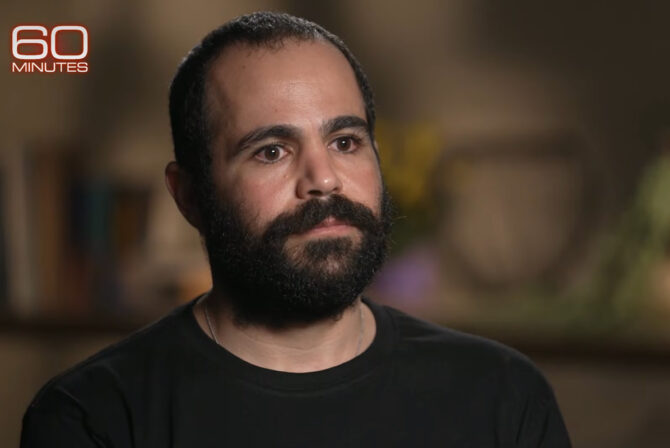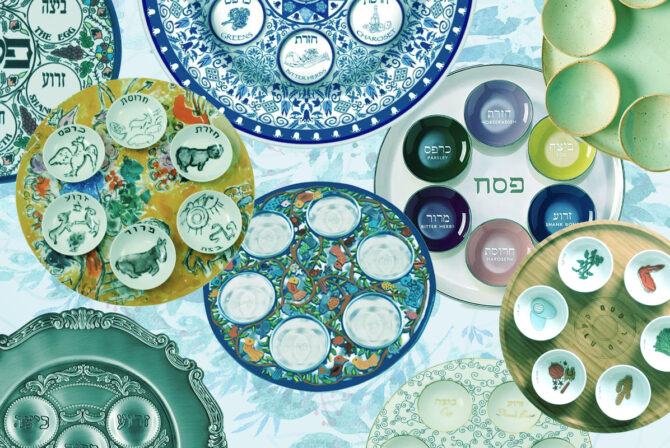As the sun set outside and bedtime encroached inside, I found myself sitting on the carpet in our living room, hugging a singing Elsa doll (when will “Let It Go” just go away?!). I was playing referee between my daughters, who were arguing–again–about whose turn it was to play with her.
Never mind that an identical Elsa doll (minus her clothes and crown) had been discarded in their bedroom minutes earlier. At this point, the Elsa doll in question sat in my lap–neutral territory–while my 2-year-old cried and my 4-year-old claimed that if her sister had the doll, it just wouldn’t be fair. And there I sat, reasoning with my girls about taking turns, sharing, and understanding each other’s feelings.
“That’s not fair to me,” is a phrase I hear a lot from my older daughter. Whether it’s about how many toys she has versus how many her friend has, or how much one-on-one time she is getting with mommy versus her sister, my 4-year-old daughter has developed a keen sense of fairness. When she perceives something to be unfair, her eyes fill with tears, her little chin quivers, and her already squeaky voice goes up an octave or two as she exclaims, “But that’s not fair to me!”
In her still limited view of the world, fairness does not necessarily mean equality, but rather it means whatever she perceives to be unfair tipping into her favor. While this is developmentally appropriate, it’s not so easy to explain to her the true definition of fairness, or why it’s not always achievable.
The truth is, fairness is a misnomer. There are times when her friend does have more toys than she does (and vice versa) and there are times when her sister is getting more “mommy time” than she does (again, and vice versa). The scales are constantly in flux, tipping from one side to the other. Teaching my kids social justice starts with teaching them about these scales and about inequalities in the world, even in their very limited view of it.
“She always gets to play with <insert toy name here>,” is usually the next phrase I hear after we’ve established an inequity in fairness. When I ask what would make this situation feel more fair to her, she usually answers that it should be her turn to play with the toy in question.
Because of this, we have tried to abolish the words “always” and “never” when related to a discussion of fairness. “She always gets to play with the Elsa doll,” and, “She never helps me clean up,” are two of many exclamations we don’t allow, since they are simply not true. These absolutes don’t exist and when we allow ourselves to believe that they do, our perceptions again become skewed.
Instead, we’ve tried to teach our kids to be appreciative of what we have, and to be generous with others. It’s not easy, but it’s a step in establishing a more balanced view of what they perceive to be fair.
The adage is true–life is not fair. But within our perception of fairness we have two choices: accept this fact, or work to change it. Rather than being upset about their own haves and have nots, whether it’s about an Elsa doll or a larger intangible concept, we’ve instead tried to instill in our daughters the idea that someone else might need more than they have, and that we all have the power to help others by sharing what we have with them.
This starts today by taking turns with Elsa, and seeps into tomorrow by sharing building blocks so a friend can complete their structure, so that with a good foundation, I can only hope that this will one day take on a more holistic and global viewpoint where my kids contribute to the betterment of society and the world. After all, isn’t that what we all want for our kids?







